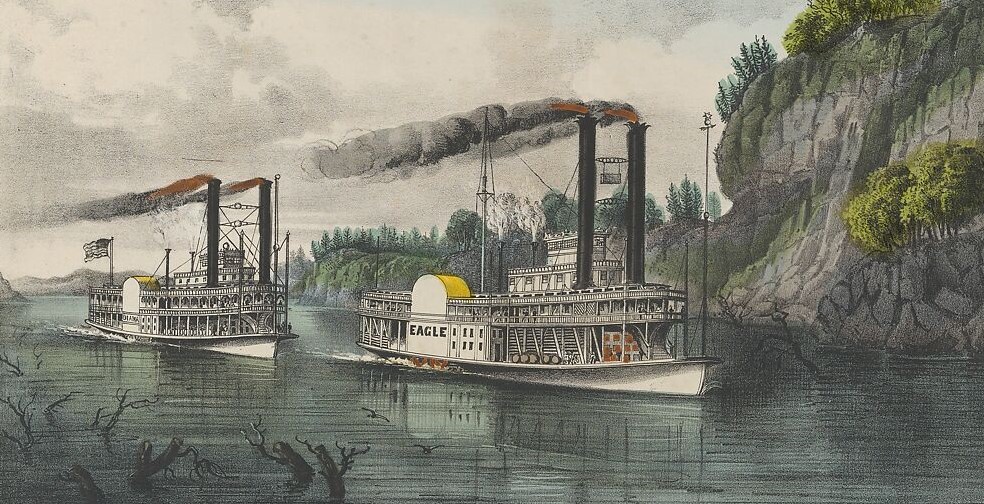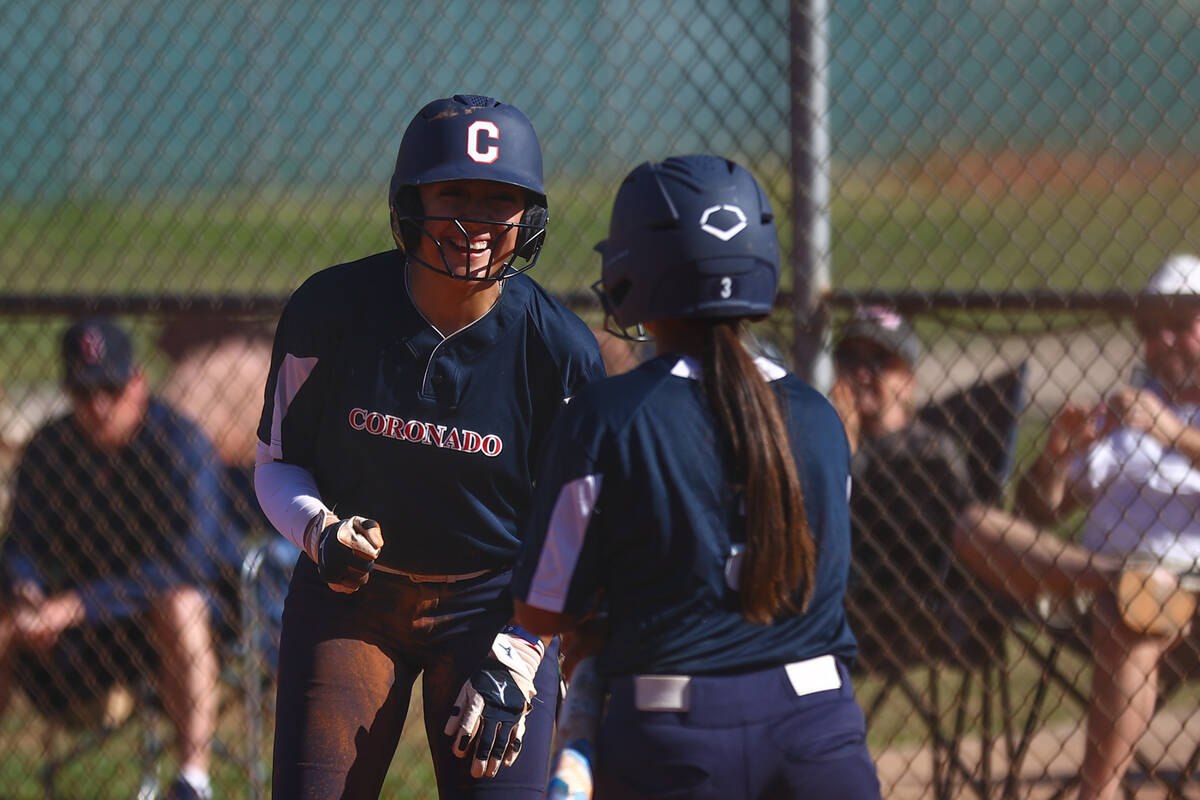Lifestyle
You know it when you see it: Here are some movies that got sex scenes right

It is a happy coincidence that our “What makes a good sex scene?” episode came out in the same week as Challengers, a film about a romance triangle in the tennis world starring Josh O’Connor, Zendaya and (not pictured) Mike Faist.
Niko Tavernise/Metro-Goldwyn-Mayer Pictures
hide caption
toggle caption
Niko Tavernise/Metro-Goldwyn-Mayer Pictures

It is a happy coincidence that our “What makes a good sex scene?” episode came out in the same week as Challengers, a film about a romance triangle in the tennis world starring Josh O’Connor, Zendaya and (not pictured) Mike Faist.
Niko Tavernise/Metro-Goldwyn-Mayer Pictures
What makes a good sex scene? It can be easier spot bad sex, but Aisha Harris, Christina Tucker, Ronald Young, Jr. and I tried to focus on the good this week on Pop Culture Happy Hour. You can listen to our full conversation here. (We didn’t originally plan for this episode to run the same week as our episode about Challengers, which is out in theaters now, but it’s a happy coincidence, since that film has gotten a lot of attention — probably too much, relative to its other merits — for the sex scenes involving its three leads. It’s really very good.)

It’s often very obvious when a sex scene is bad, just like when a sex scene in a book is bad. It can get so uncomfortable to watch that you have to leave the room (and not in a way that feels true to the story). One of my personal tells for a bad sex scene is when all I can think about is how hard the actors are trying to persuade me that the characters are having a good time. For example, there has been much good discussion in recent years about Showgirls being a more interesting and competent project than it originally got credit for, but in that one pool scene (if you know it, you know it), all I can see is the effort.

It’s not always as clear which scenes are good. That’s partly because they serve so many different functions, all of which look different, and all of which can be effective. Furthermore, you don’t want to confuse whether a sex scene is used well in a film with whether it’s hot to you personally, despite the fact that there is overlap between those considerations.

Here’s what I mean: When Aisha talks about the sequence near the beginning of Magic Mike’s Last Dance, it’s not irrelevant that the scene is, to her (and to me), hot. But it also makes sense in the context of the film and the franchise, partly because of the way it sets up the power dynamic between Mike (Channing Tatum) and Max (Salma Hayek Pinault). Mike is older now, he knows more, and the way he approaches a lap dance is actually different than in earlier movies.
And not all good sex scenes are hot in the same ways. The one I mentioned in the episode, from the romantic drama Love & Basketball, is sexy, yes. But it’s also a scene between young adults (the talented basketball players Monica and Quincy, played by Sanaa Lathan and Omar Epps), and as such, it incorporates a tentativeness that’s not present in Magic Mike’s Last Dance, to say the least. As Ronald pointed out during our discussion, that sex scene is quite different from one that takes place later in Monica and Quincy’s relationship, when they’re older and know each other better. That certainly feels true to real life, but it’s not always reflected in Hollywood films, where I would tentatively estimate that 90% of on-screen sex is more idealized and thus less intimate than real-life sex, in part because it isn’t allowed to change over the course of a relationship.

Even further from the hotness of the lap dance scene is Ronald’s pick: the imagination of Kitty Oppenheimer (Emily Blunt) running wild in Oppenheimer. While her husband (Cillian Murphy) is being interrogated, she pictures him having sex with his mistress, Jean Tatlock (Florence Pugh). It goes by quickly enough that it might seem like a Christopher Nolan flourish for flourish’s sake, but it serves the purpose of letting you feel her pain over her husband’s affair. Her relationship with Robert doesn’t look especially romantic in the film, let alone sexually charged; she finds herself consumed by the idea that he was having hot sex with this other woman, and she locks eyes with her vision of a naked Tatlock and finds herself tormented. It’s not really the intent of the scene to titillate the audience, just to give specificity to the shape of Kitty’s preoccupation with the affair.

Christina raised another really important point, which is that sex scenes also collide with viewers at very specific moments. Her example from Bound, and the scenes between Violet (Jennifer Tilly) and Corky (Gina Gershon), touches on (among other things) her own history. It’s an underappreciated aspect of the sex-in-movies discourse: representation matters in these scenes as much as anywhere else. I always wish I saw more sex scenes in movies that featured a broader variety of body types; it’s still really rare to see ones that feature anybody who is even average sized. This is one of the reasons I’m curious about the upcoming season of Bridgerton, which places its focus on the gorgeous and curvaceous Penelope (Nicola Coughlan).

Good sex scenes are like any other kind of good filmmaking, honestly: it comes down to execution with purpose and care, done relative to whatever the function of the scene might be.
Whether that’s spiciness or conflict or relationship growth or (as in the case of Bound) setting up a steamy neo-noir story that wouldn’t be the same if it weren’t hot as heck, form follows function, ideally.
This piece also appeared in NPR’s Pop Culture Happy Hour newsletter. Sign up for the newsletter so you don’t miss the next one, plus get weekly recommendations about what’s making us happy.
Listen to Pop Culture Happy Hour on Apple Podcasts and Spotify.

Lifestyle
We process the explosive Drake-Kendrick beef : Pop Culture Happy Hour

Drake onstage during Drake’s Till Death Do Us Part rap battle in 2021.
Amy Sussman/Getty Images
hide caption
toggle caption
Amy Sussman/Getty Images

Drake onstage during Drake’s Till Death Do Us Part rap battle in 2021.
Amy Sussman/Getty Images
2024 seems destined to go down as the Year of Pop Culture Grievances. Megan vs. Nicki. Beyoncé vs. Nashville. But above all: Kendrick Lamar vs. Drake, who are currently engaged in the nastiest lyrical warfare rap fans have seen in a minute. Today, we’re talking about all the pettiness: Why so much beef, and what makes a good battle? And is there ever a clear “winner” in these battles?
Lifestyle
Gypsy Rose Thinks One of Taylor Swift's New Songs Is About Her
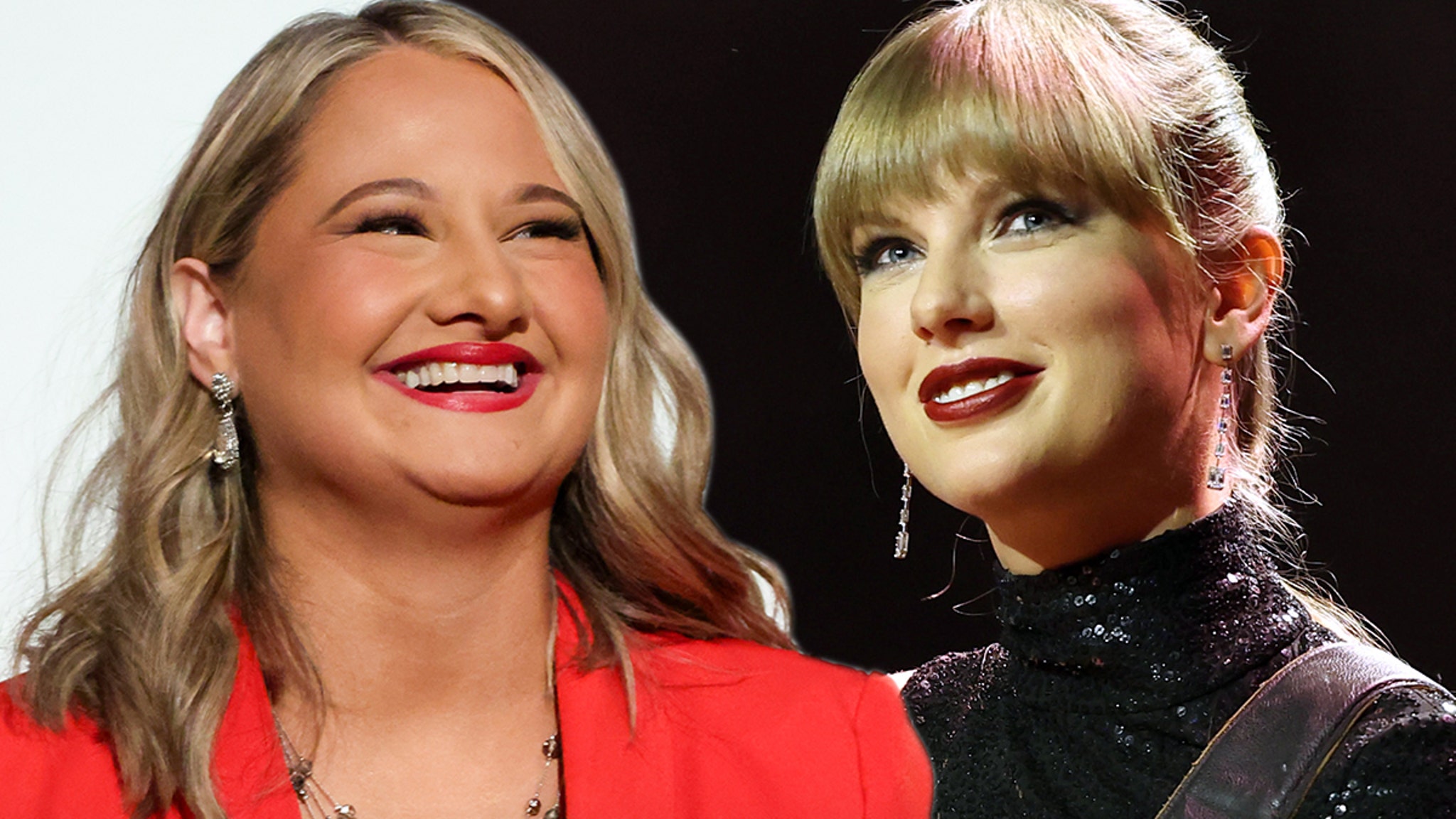
Gypsy Rose Blanchard believes in her heart of hearts she’s Taylor Swift‘s new muse — she’s convinced one of the singer’s new songs is all about her, or at the least … inspired by her.
Sources connected to Gypsy tell TMZ … GRB thinks Taylor’s new song “Fresh Out The Slammer” — from her ‘Tortured Poets Department’ album — might be about her December release from prison.
The reason she even suspects that … we’re told Gypsy sees a lot of similarities between the song lyrics and her real life — almost to a T.
For those unfamiliar, “Fresh Out The Slammer” is a song about a woman getting out of prison and taking off with her lover. Remember, Gypsy moved in with her now estranged husband Ryan Anderson after she was released following 7 years behind bars.
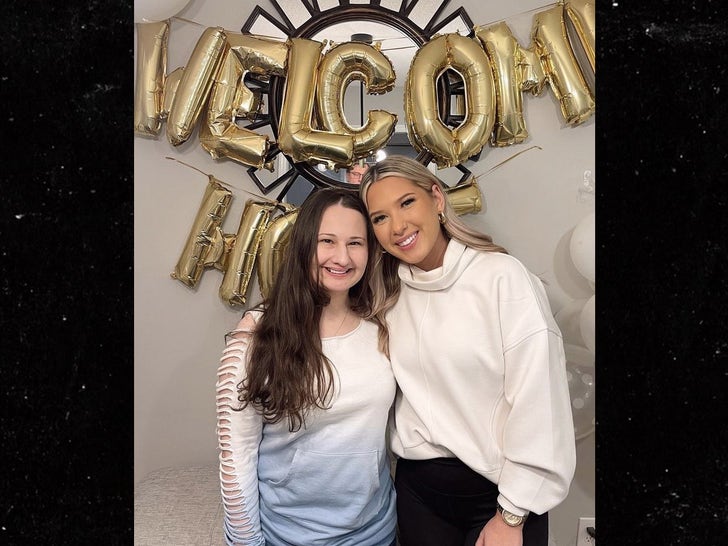
This isn’t the only similarity Gypsy spots between the song and her life, BTW. We’re told the TV personality relates to the line “camera flashes, welcome bashes” — since paparazzi have been following her since her release AND her family threw her a welcome home bash.
We should also note — Gypsy ain’t alone here. Fans have also noticed the similarities … with one Swiftie even declaring on X that Tay wrote the anthem for Gypsy.
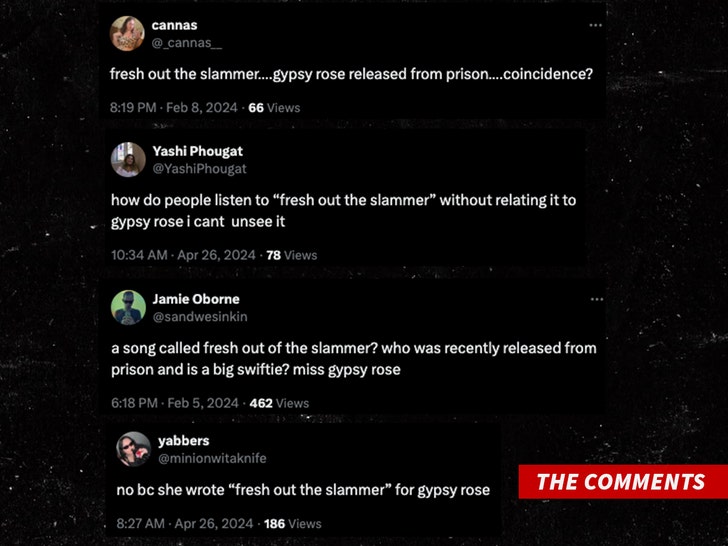
Despite the viral theory, sources tell us she has not heard from Taylor at all … even being the huge Swiftie she is.
Don’t forget, shortly after leaving prison, Gypsy purchased Kansas City Chiefs tickets in the hope of running into the Grammy winner. Sadly, she wasn’t able to go, because her parole officer instructed her to return to her home state of Louisiana after her release.
Waiting for your permission to load the Instagram Media.
Still, we’re told Gypsy isn’t bothered by the lack of contact … as she knows she’s a controversial public figure, and can understand why the superstar singer wouldn’t reach out.
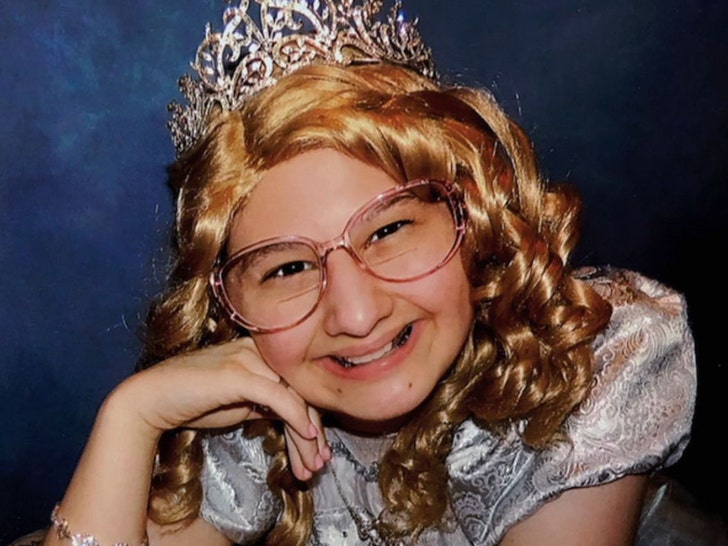
Everyone will get a chance to catch up on more of Gypsy’s life when the 2nd season of her Lifetime show, “Gypsy Rose: Life After Lock Up,” debuts on June 3rd.
Lifestyle
Magic, secrets, and urban legend: 3 new YA fantasy novels to read this spring


As the flowers bloom and the sun starts to spread more warmth this spring, we have three new YA fantasy novels for you.
All of these new releases keep one foot grounded in reality while examining what their protagonists can do if they embrace the magic within themselves. Enjoy!
A Tempest of Tea by Hafsah Faizal
Chosen-family siblings Arthie and Jin may be the proprietors of the Spindrift tea house in White Roaring, but that doesn’t make them respectable. They’ve earned a reputation for being the kind of underworld characters you don’t want to cross — and it’s not even a real secret that by night, Spindrift transforms from a tea house to an establishment that serves a different drink entirely, catering to the city’s population of vampires. When the city’s ruling power decides to shut them down, they have to assemble a motley crew to steal a well-guarded ledger book that may be the key to more than just saving their home.
Anyone who enjoys the rhythms of a heist will find a lot to love in this book. Arthie is a clever and determined leader, and the team she puts together includes unique characters like a vampire painter with ennui and a rich girl on the run from the law for her forging habit. The magic that creeps into the edges of the story is fairly subtle, and never feels like an easy answer to the problems and conflict at hand, making me genuinely worry that everyone wasn’t going to make it through to the end.
This heist also comes with a social conscience. Many historical-flavored fantasies peddle the trappings of wealthy European society without ever interrogating where the trappings of the genre come from. Characters sip their tea and wear their cotton lawn dresses, and we never have to think about who grew the tea or the cotton. A Tempest of Tea takes the opposite road, framing the lives of immigrants who are integrated into a society that exploits their homelands and who are intent on finding some way to take their power back.
The Vanishing Station by Ana Ellickson
Ever since her mother’s death, Ruby has had her hands full trying to keep things together. She and her father, who struggles with chronic pain and alcoholism, are living in the basement of her mother’s beloved house so the upper floors can be rented out to pay the bills. When she discovers that her father owes a debt to the mysterious people he works for, and that given his unreliability, they intend to call it in by taking away the house, she volunteers to take over his position and pay the debt in his place.
It comes as a shock when she finds out that her father works for a clandestine rail delivery business and uses magic to jump from one train line to another to move illicit goods and money around the world. As she learns how to do his job, she realizes that while the magic of the trains speaks to something inside her, the people she’s working for are ruthless and cruel. But what choice does she have but to do their bidding, if she wants to save her home?
I’ve always found that subways and trains intrinsically have a special magic to them, and it’s very exciting to see that used to such good effect in a fantasy novel. The Vanishing Station really captures that feeling of entering a liminal space and being swept through to darkness, destined to emerge once more in a new place. Ruby is one of those characters who is so accustomed to shouldering too much of the burden that she doesn’t realize when she’s in over her head, and it’s easy to root for her as she comes into her power and demands that the people around her do better.
I found that the middle of the story idles a bit in the station, but then rapidly picks up speed as romance builds between Ruby and her magical train mentor, Montgomery, who himself feels trapped in a role he never wanted. By the end, I was very invested in how they could escape a domineering power that can go anywhere the rail lines run, and what they might do with their own magic if they could be free.
The Bad Ones by Melissa Albert
In one night, four people go missing in Nora’s small town, and one of them is her best friend Becca. At first, Nora wonders if it’s just another way for Becca to hurt her in the wake of a fight that has fractured their relationship. But Nora senses that there is a connection between all the people who vanished, and she begins to believe that it may have something to do with the Goddess Game – an urban legend turned sleepover dare that the whole town seems to know about. Nora follows a trail of clues in search of Becca, and eventually realizes that in order to find her friend, she will have to play the Goddess Game and break a chain of tragedy and revenge that has been passed down through the decades.
Melissa Albert is an author I’ve followed since she made her debut with her dark fairytale series (beginning with The Hazel Wood). This book continues in the vein of taking familiar mythologies and patterns and doing something original with them. A haunting, a mystery, a goddess worshipped by teenaged girls: All of these elements blend together in The Bad Ones to create a missing persons supernatural thriller that feels like it has something new to say.
Most impressive is the complicated, deeply important depiction of the friendship between Nora and Becca. Their connection is one of adoration and ride-or-die dedication, but with all the trials that come with growing up alongside someone. Books depicting “toxic friendships” often fall into a trap of making one party the villain, but that’s not the case here. The Bad Ones shows a much more realistic version of this dynamic, where two friends love each other so much that they need space to grow into their own people, independent of who they are together. It’s only once they allow themselves to change that they come into the power they need to truly set things right.
Caitlyn Paxson is a writer and performer. She is a regular reviewer for NPR Books and Quill & Quire.
-

 Politics1 week ago
Politics1 week agoStefanik hits special counsel Jack Smith with ethics complaint, accuses him of election meddling
-

 Politics1 week ago
Politics1 week agoThe White House has a new curator. Donna Hayashi Smith is the first Asian American to hold the post
-

 Politics1 week ago
Politics1 week agoAnti-Trump DA's no-show at debate leaves challenger facing off against empty podium
-

 News1 week ago
News1 week agoAs student protesters get arrested, they risk being banned from campus too
-

 News1 week ago
News1 week agoVideo: Police Arrest Columbia Protesters Occupying Hamilton Hall
-

 World1 week ago
World1 week agoNine on trial in Germany over alleged far-right coup plot
-

 World1 week ago
World1 week agoStrack-Zimmermann blasts von der Leyen's defence policy
-

 Politics1 week ago
Politics1 week agoNewsom, state officials silent on anti-Israel protests at UCLA
